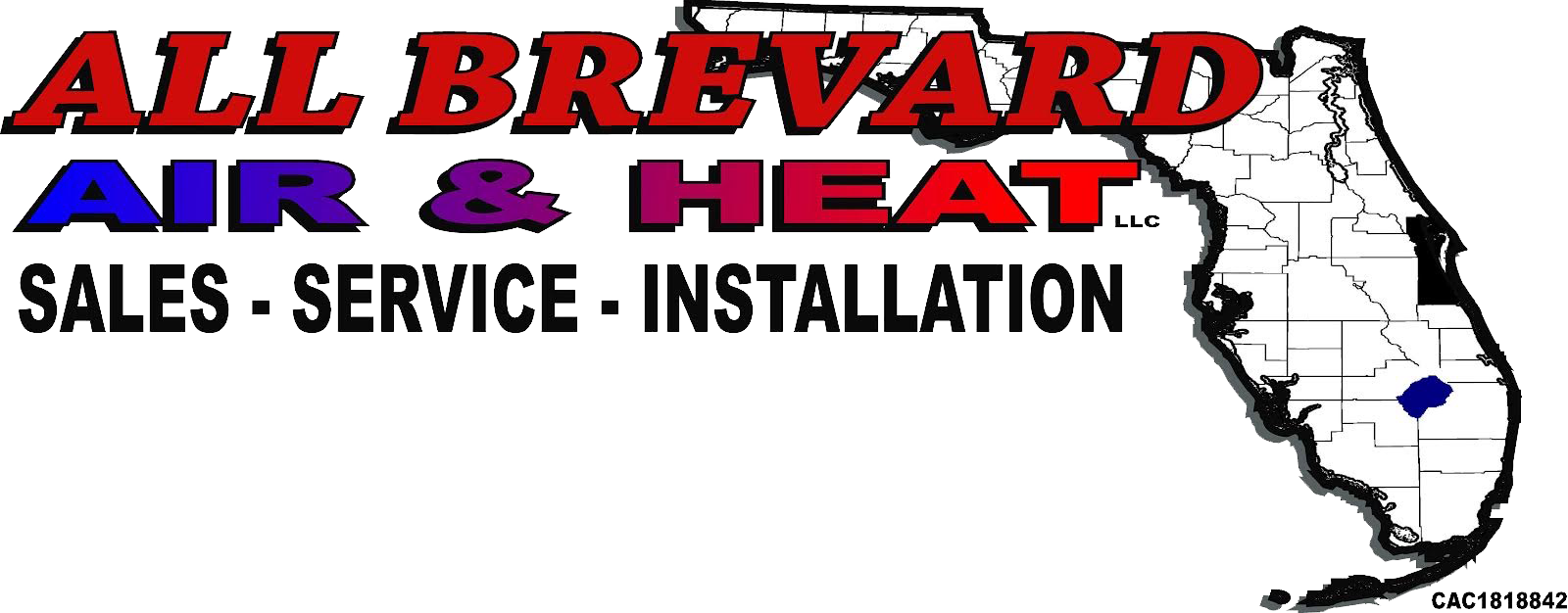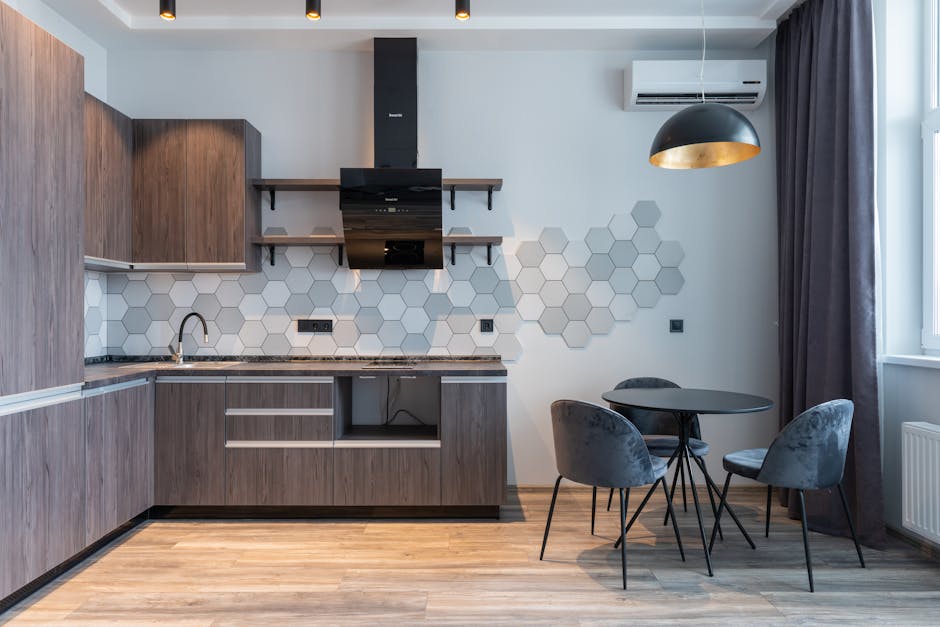Introduction to Air Conditioning Efficiency in Older Homes
Older homes come with their charm, but they often fall behind when it comes to air conditioning efficiency. The good news is there are ways to boost that efficiency without compromising the home’s character. Think of your air conditioning system like a marathon runner; to perform its best, it needs proper gear, a clear track, and regular training. Similarly, your AC needs the right conditions to run efficiently in an older home. This includes everything from sealing leaks in your home’s envelope to upgrading to a smarter thermostat. Each small step can lead to significant savings on your energy bills and improve your home’s comfort during the hot months. Let’s dive in and explore how you can turn your charming old home into a cool, energy-efficient oasis.
Understanding the Challenges of Cooling Older Homes
Older homes weren’t built with today’s air conditioning systems in mind. Their walls may lack the insulation needed to keep the cool air in and the hot air out. What’s more, old windows and doors are often drafty, letting your chilled air escape into the summer heat. Many of these homes also don’t have the ductwork necessary for central air systems, making the installation of modern cooling systems both challenging and costly. The challenge doesn’t stop there. Older homes were designed for a different era, meaning their layout and materials are not optimized for air conditioning. Thick walls and lack of proper ventilation can trap heat inside, making your AC work overtime and driving up your energy bills. Understanding these challenges is the first step towards improving how your old home handles the heat. With this knowledge, you can explore targeted solutions to cool your home more efficiently without compromising its historic charm.
Assessing Your Current AC System’s Efficiency
First thing’s first, let’s talk about what you’ve got. To boost your air conditioning system’s power in an older home, you need to figure out its current shape. Does it cool rooms evenly, or do some areas feel like the Sahara while others like the Arctic? A big clue that your AC isn’t running at full throttle is if your energy bills have been climbing faster than a cat chased up a tree.
Here’s the deal: start by checking the age of your system. If it’s older than 10 to 15 years, it might be time for an upgrade. Technology has come a long way, and newer models are like space-age stuff compared to older ones – they cool better and use less energy.
Next up, look at your energy bills over the past few months or years. A steady increase in costs, even without changing your usage habits, screams inefficiency. It’s like pouring water into a bucket with holes – you’re losing cool air and money.
Last, but not least, give your system a quick visual and auditory inspection. Strange noises, weird smells, or a unit that’s hotter than your morning coffee are cries for help. They suggest your AC might be working too hard to keep up, which is a sign it’s not as efficient as it could be.
In short, understanding your current AC system’s efficiency is about connecting the dots between its age, your rising bills, and how it’s acting day-to-day. Spot these signs early, and you’re on your way to creating a cooler, more energy-efficient home without breaking the bank.
Strategic Insulation for Enhanced Air Conditioning Efficiency
Boosting your air conditioner’s efficiency isn’t just about the unit itself; your home’s insulation plays a massive role too. Especially in older homes, where insulation might not be up to modern standards, making smart upgrades can make a big difference. Insulation keeps the cool air in and the hot air out, simple as that. It means your air conditioner doesn’t have to work as hard, saving you money on energy bills. Focus on key areas like the attic, walls, and floors. Quality insulation in these spots can block the heat effectively. Remember, it’s not just about adding more insulation but choosing the right type for your home. Sometimes, a professional inspection can pinpoint exactly where your home is losing cool air, guiding you to make the most effective improvements. Make the insulation investment; your wallet and comfort level will thank you.
The Benefits of Sealing Windows and Doors
Sealing windows and doors is a game-changer for older homes struggling with air conditioning efficiency. Think about it – gaps and leaks are like small thieves, stealthily letting cool air escape and inviting hot air in. By sealing these sneaky gaps, you’re basically telling unwanted air flow to take a hike. This simple act can significantly reduce the energy needed to keep your home cool, trimming down your energy bills. Plus, it’s not just about staying cool or saving money. Sealing windows and doors also means less dust and noise sneaking into your home, giving you cleaner air and more peace. It’s a win-win situation. So, if you’re looking to enhance your home’s coolness without breaking the bank, start with sealing those windows and doors. It’s straightforward, effective, and your wallet will thank you.
Upgrading to a High-Efficiency Air Conditioning Unit
If your old home feels like an oven in summer, it’s time to think about an upgrade. Swapping your tired, old AC for a high-efficiency unit can be a game-changer. These new kids on the block use less energy to cool your house, slicing your bills and being kinder to the planet. Here’s the deal – ENERGY STAR-rated air conditioners are where it’s at. They’re about 15 to 20 percent more efficient than standard models. Yes, the upfront cost might make you wince, but the long-term savings are going to make you smile. Plus, you might snag rebates or incentives to help with the initial hit to your wallet. Choosing the right model matters. Size and installation are key. Too big or poorly installed, and you’re throwing money out the window. Get a pro to size it up so your home gets cool without working the unit to death. Remember, a high-efficiency AC means less energy used, more money saved, and a happier planet. So, making this upgrade? Smart move.
Utilizing Programmable Thermostats for Optimal Cooling
Installing a programmable thermostat is a solid move to upgrade your cooling game without breaking a sweat. Easy to use, it lets you set temperatures for different times of the day automatically. Say, you can have it cooler when you’re home and warmer when you’re out, cutting down on unnecessary cooling costs. This smart gadget typically costs between (30 to )300, but the investment pays off by lowering your energy bills. Plus, you don’t have to remember to adjust the temp yourself; it’s all taken care of. Just set it once, and enjoy a cooler home efficiently.
Importance of Regular Maintenance for AC Systems
Keeping your AC system well-maintained in an older home isn’t just about comfort; it’s a smart way to save money. Think about it like caring for a classic car; both need regular checkups to run their best. Without maintenance, your air conditioner works harder, using more energy and hiking up your bills. Regular maintenance can prevent this. It involves cleaning filters, checking for leaks, and making sure the system runs smoothly. This can extend the life of your unit, making sure it cools your home efficiently for years to come. Plus, catching small issues early on can save you from a big repair bill later. Simple as that.
Innovative Cooling Solutions: Fans, Vents, and Window Treatments
Cooling off older homes doesn’t mean you have to crank up the AC and watch your electricity bills skyrocket. Simple, innovative solutions like fans, vents, and window treatments can make a big difference. Ceiling fans can circulate air, making rooms feel cooler without dropping the thermostat. They use way less energy than air conditioners, making them a smart choice for folks looking to save on bills. Next, let’s talk about vents. Properly placed vents can help remove hot air from your home, especially in areas like attics and basements. They work by letting hot air escape, making it easier for your home to stay cool. And don’t forget window treatments. Something as straightforward as blackout curtains or reflective window films can block out a ton of heat from the sun. These treatments prevent your home from warming up during the day, reducing the need for constant air conditioning. By using fans, optimizing your home’s vents, and choosing the right window treatments, you can significantly cut down on cooling costs and enjoy a more comfortable home during those hot months.
Summary: Maximizing Air Conditioning Efficiency Step by Step
To boost your air conditioning efficiency, start simple. First, ensure your air conditioner’s filters are clean; dirty filters make the system work harder. Next, sealing gaps around windows and doors keeps cool air in and hot air out. Consider adding or upgrading insulation, especially in the attic, to further trap cool air inside. Installing a smart or programmable thermostat can help manage cooling efficiently, preventing the system from overworking when you’re not home. Regular maintenance, like professional checks and tune-ups, ensures your system runs at peak performance. Finally, think about upgrading to a more efficient air conditioner if yours is old and less effective. These steps, taken one at a time, can significantly cut down energy use and make your home cooler without a hefty bill.


